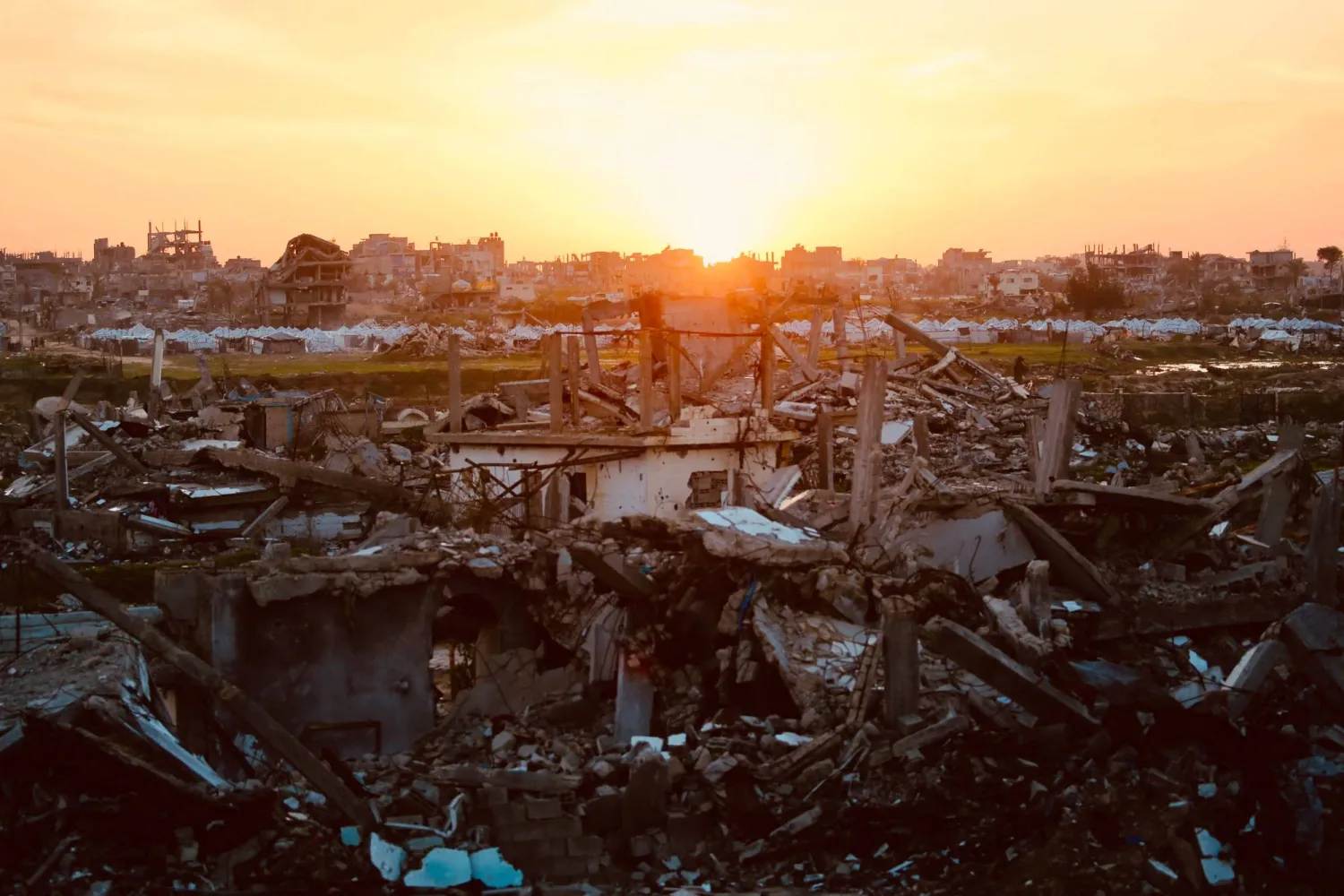Yemeni deputy minister for human rights Majed Fadail revealed that a planned prisoner swap between the legitimate government and Iran-backed terrorist Houthi militias will take place in April.
The official, who is also a member of the government negotiations delegation that took part in the talks with the Houthis over the deal, told Asharq Al-Awsat that the exchange will kick off on April 11 and that 887 prisoners will be released.
The plan, which is sponsored by the United Nations and International Committee of the Red Cross, will take place over three days and involve six airports.
The first phase will see the transport of former Defense Minister Mahmoud al-Subaihi; Nasser Mansour Hadi, brother of former president Abdrabbuh Mansur Hadi; and military personnel from Sanaa airport to Aden International Airport. In return, several Houthi detainees will be transported from Aden to Sanaa through the same airports.
On April 12, 19 military personnel from the Arab coalition will be transported from Sanaa airport to an airport in the Saudi capital, Riyadh. In exchange, Houthi detainees will be flown from Saudi Arabia’s Khamis Mushait airport to Sanaa.
Fadail said the son and brother of Presidential Leadership Council member Tariq Saleh will be among the detainees who will be released. He will be transported from Sanaa airport to Mokha on Yemen’s western coast. Several Houthi detainees will be released from Mokha to Sanaa in exchange.
The final day of the swap, said Fadail, will witness the transport of four journalists, who have been sentenced to death by the Houthis, and several Yemeni soldiers from Sanaa airport to Tadawin airport in the Marib province. In exchange, Houthi prisoners will be transported from Tadawin airport to Sanaa.
The exchange will not include military commander Faisal Rajab and prominent politician Mohammed Qahtan. The government negotiations had pledged that they will be included in the next round of talks over a swap.
Fadail stressed that the government is prioritizing the release of prisoners and people who have been abducted by the Houthis, hoping that all detainees will be freed through an “all for all” deal.
The latest swap deal was reached on March 11 after ten days of negotiations near the Swiss capital Bern. The talks were the latest in a series of meetings that led to releases of prisoners in 2022 and 2020 under a UN-mediated deal known as the Stockholm Agreement.
United Nations envoy Hans Grundberg and the ICRC are expected to arrange and carry out the latest swap.









